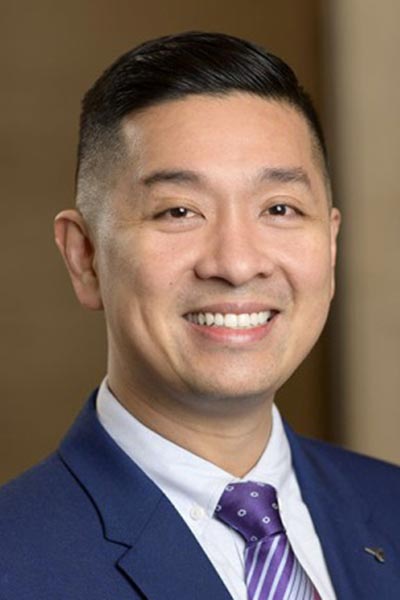In a first-in-human clinical trial, NVL-655, a novel, ALK-selective, tropomyosin receptor kinase (TRK)-sparing TKI, demonstrated durable tumor responses in previously treated patients with ALK-positive non-small cell lung cancer (NSCLC). In 2024, the U.S. Food and Drug Administration (FDA) granted NVL-655 breakthrough designation for patients previously treated with two or more ALK inhibitors.

Alexander Drilon, MD, a Thoracic Medical Oncologist and Early Drug Development Specialist at Memorial Sloan Kettering Cancer Center, New York, said NVL-655 demonstrated potency in various ALK fusion-positive cell lines, including those with both single and double ALK resistance mutations. Additionally, NVL-655 exhibited comparable brain penetrance to lorlatinib. However, it was specifically designed to avoid TRK inhibition, which is commonly seen with drugs like lorlatinib and which is associated with neurological side effects
Dr. Drilon presented the results of the two-part ALKOVE-1 study during a proffered paper session at the European Society for Medical Oncology Congress 2024. The session focused on the phase I portion of the study and was based on a data cutoff of June 2024.
“NVL-655 was well tolerated at the recommended phase II dose of 150 milligrams daily. Durable responses were observed in a heavily pretreated population, including patients who had [exhibited] disease progression on lorlatinib, as well as those whose cancers harbored single or compound ALK resistance mutations,” Dr. Drilon said. “Durable intracranial responses were also observed, including central nervous system partial response following prior lorlatinib treatment.”
Compared to other ALK TKI studies, ALKOVE-1 evaluated NVL-655 in a distinct and heavily pretreated setting. Patients with advanced solid tumors who were ALK fusion positive or who harbored an ALK mutation were eligible to participate.
Of the 133 patients treated, 103 had response-evaluable NSCLC. All patients had an ALK fusion, and just over half (51%) also had a concurrent ALK-resistance mutation. About half of the mutations (54%) were compound, indicating the presence of two or more ALK-resistance mutations.
Patients were heavily pretreated with about two-thirds (66%) having received three or more prior lines of therapy. Nearly half of patients (46%) had received three or more prior ALK TKIs and 85% of the patients had previously been treated with lorlatinib.
The objective response rate (ORR) was 38% among response-evaluable patients who received one to five prior TKIs. The drug was active in the G1202R mutant cohort with an ORR of 71% at the recommended phase II dose.
“It is helpful to think about these data in two major subgroups. In the first population of lorlatinib-pretreated patients, for whom no TKI is currently approved, the ORR in all response-evaluable patients at the 150 mg dose was 35% and rose from 50% to 64% in patients with single or compound ALK-resistance mutations,” Dr. Drilon said. “It is equally useful to examine the second population of patients who were lorlatinib naïve. In response-evaluable patients treated with the 150 mg dose in the second-line setting or beyond, the ORR was 57% and rose to 80% in those whose cancers harbored one or more ALK resistance mutations.”
The median duration of response (DOR) was 14 months across all doses for responders who had been treated with up to five prior ALK TKIs, with or without chemotherapy. The 6-month DOR rate was 78%.
For patients pretreated with lorlatinib, the median DOR was 9 months with a 6-month DOR rate of 75%. In contrast, for patients who were lorlatinib naive, the median DOR was not reached, and the 6-month DOR rate of 88%.
At the 150 mg dose, the median DOR was not reached, regardless of the number of prior lines of therapy. The 6-month DOR rate was 100% in patients with ALK resistance mutations, who also exhibited durable responses across all doses.
The preliminary overall safety profile indicated that NVL-655 minimized TRK-related neurotoxicities. Overall, there were low rates of dose reductions (15%) and discontinuations (2%) caused by treatment-related adverse events.
The phase II portion is currently open and enrolling and includes patients with other solid tumors that harbor ALK fusions or ALK mutations. It will also include both TKI-pretreated and TKI-naïve patients.
“With this encouraging activity, we look forward to further investigating the drug in patients who have been less heavily pretreated,” Dr. Drilon said.





